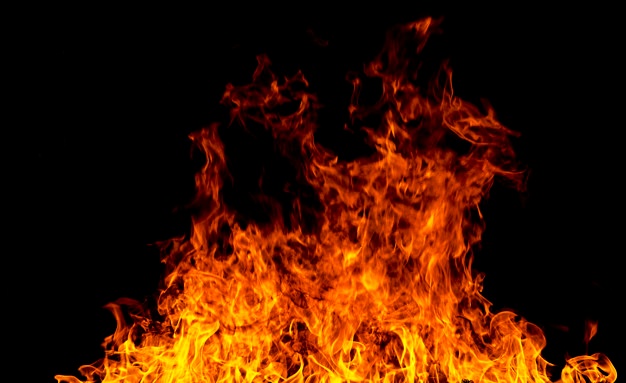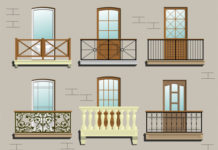Almost half of all fires in the home start in the kitchen and kitchen fires can quickly become serious. Because of that, it’s important to take steps to avoid a kitchen fire and know what to do in case one occurs.
Kitchen Fires Prevention Tips
Here are tips from Red Cross to help prevent kitchen fires:
- Always take a few minutes to wipe up spills on the stove. Keep combustible materials, such as dish towels and potholders, away from burners.
- Do not wear loose sleeves when cooking because sleeves that dangle can cause a fire. Instead, change shirts or securely roll up your sleeves.
- If you need to leave the kitchen, even for a moment, turn down the burner(s), and carry something with you such as a wooden spoon or spatula as a reminder that you need to return quickly.
- Once you’ve finished cooking, check that you’ve turned off all burners and other appliances.
- Don’t mix kids and cooking. Keep kids away from the stove and never hold a small child while cooking. If possible, use the stove’s back burners and turn pot handles to the centre or back of the stove to decrease the chance a child will grab the handle and pull the pot off the stove.
- Don’t plug too many kitchen appliances into the same electrical outlet. You could overload the circuit and start a fire.
- If your home has aluminium wiring, have it checked periodically by a licensed electrician.
- Don’t use an extension cord to plug in your microwave. Plug it directly into an outlet.
When a fire starts
In many cases, the best action when a kitchen fire starts is to evacuate the house. Here are some tips on how to handle certain types of kitchen fires:
- For a small grease fire that starts in a pan or skillet, use a potholder or oven mitt to slide a lid over the pan. Once the lid is on, turn off the burner. The lid on the pan will cut off the oxygen to the fire and it will go out on its own. Don’t remove the lid from the pan until the pan is completely cool. Do NOT use water on a grease fire. Do NOT move or carry a burning pan.
- For oven fires, turn off the heat and keep the oven door closed. Call the fire department in case the flames from the oven have spread.
- For a fire in the microwave, keep the door closed and unplug the microwave if you can do so safely. Call the fire department to report the fire. Do NOT use the microwave again until you have it serviced.
If you know how to use a fire extinguisher, you may be able to use it on a small, contained fire. But make sure you know what type of fire the extinguisher will put out and how the extinguisher works. Make sure everyone else in the house has been evacuated.
Factors to keep in mind when using a fire extinguisher are noise and speed. An extinguisher is under pressure; when the chemical agent inside is released, it will make a loud noise and produce a billowing white cloud. Most common portable fire extinguishers discharge completely in eight to 10 seconds, so be efficient. Instead of aiming at the flames, shoot the canister directly at what’s burning.
If you don’t feel comfortable fighting the fire, or it’s too big to fight, close off the room and leave immediately. Call the fire department from a neighbour’s house.














